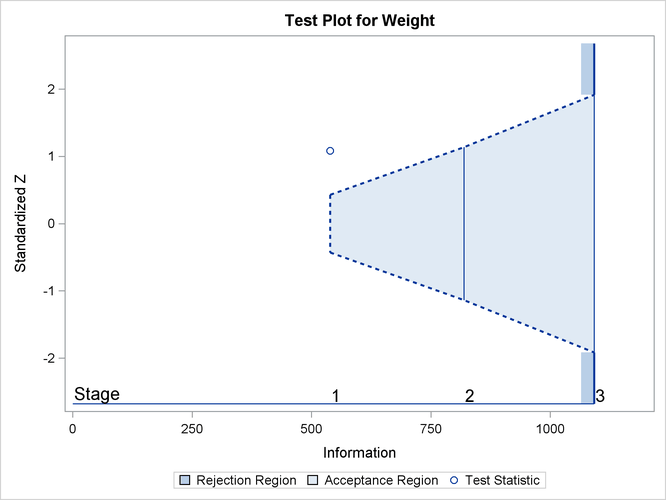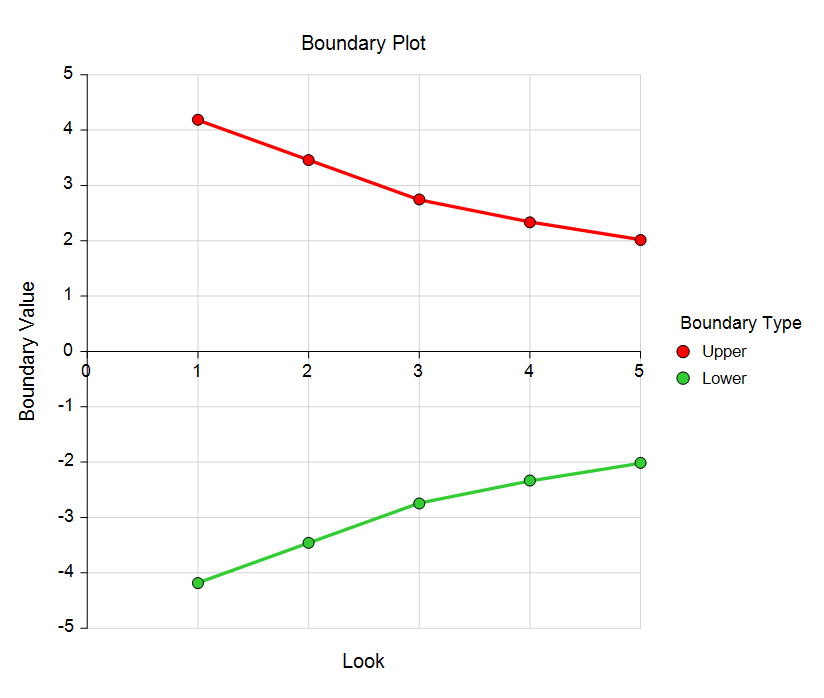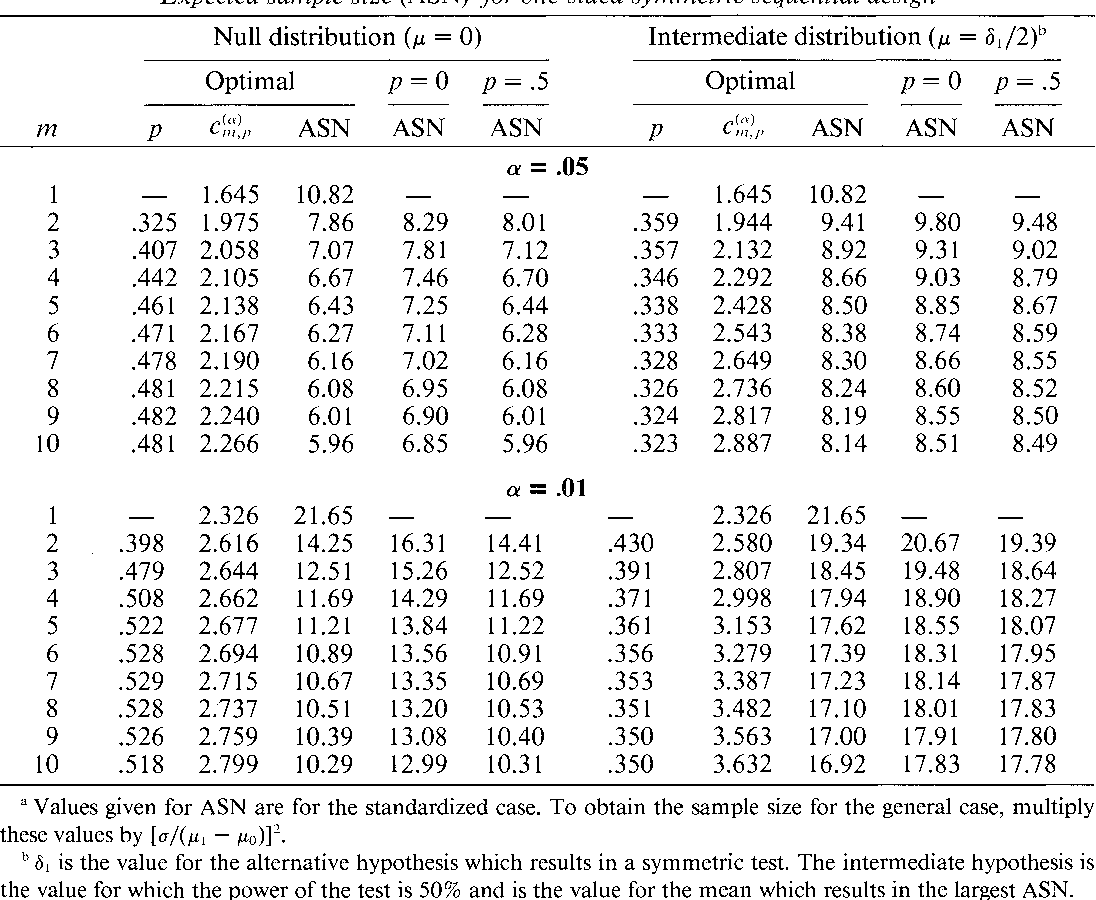
The procedures control the familywise error rate (FWER) strongly by construction and this is confirmed via simulation. The proposed procedures use the correlation between the interim and final statistics for the secondary endpoint while applying graphical approaches to transfer the significance level from the primary endpoint to the secondary endpoint. We propose two group sequential testing procedures with improved secondary power: the improved Bonferroni procedure and the improved Pocock procedure. In comparison with marginal testing, there is an overall power loss for the test of the secondary endpoint since a claim of a positive result depends on the significance of the primary endpoint in the hierarchical testing sequence.

To control the type I error rate for the secondary endpoint, this is tested using a Bonferroni procedure or any α-level group sequential method. Following a hierarchical testing sequence, the secondary endpoint is tested only if the primary endpoint achieves statistical significance either at an interim analysis or at the final analysis. Many doctors are now using the following ranges, with some variation: 0 to 2.5 ng/ml is low 2.6 to 10 ng/ml is slightly to moderately elevated 10 to 19.In two-stage group sequential trials with a primary and a secondary endpoint, the overall type I error rate for the primary endpoint is often controlled by an α-level boundary, such as an O'Brien-Fleming or Pocock boundary. However, recent research found prostate cancer in men with PSA levels below 4.0 ng/ml (2). In the past, most doctors considered PSA values below 4.0 ng/ml as normal. PSA test results report the level of PSA detected in the blood. PSA is a protein produced by the cells of the prostate gland.
#Two stage sequential testing manual#
Currently, the two most commonly- used screening tests are Digital Rectal Examination (DRE) which involves manual palpation of the prostate gland through the lower part of the rectum to assess symmetry, size and presence of abnormal nodules, and the Prostate-specific antigen (PSA) test which measures the level of PSA in blood. Prostate cancer is now the second leading cause of cancer death in men, exceeded only by lung cancer. It is estimated that, in 2004, approximately 230,110 new cases and 29,000 prostate- cancer related deaths will occur in the United States.

#Two stage sequential testing skin#
SITUATION Background: Prostate cancer is the most common cancer diagnosed in North American men, excluding skin cancers. Net Sensitivity = # of persons who screened positive with the disease/ # of persons who had the disease after 1 st test PART 3 : SCREENING FOR PROSTATE CANCER- A “REAL-WORLD” SCREENING Therefore, increasing the overall test yield through the 2 screening tests. The disease prevalence is likely much higher in that second test.

So by definition, it's a higher risk population. Because in the second screening test, you're only screening those who tested positive in the first test.

Sequential screening is a very good method that's designed to increase the overall yield of screening in a very low risk population. In sequential screening, unless the second screening test is 100% sensitive and specific, you'll likely see a decrease in the overall net sensitivity, but an increase in the overall test specificity. The second test allows us to winnow down the false positives to a lower level, which can increase the overall test specificity. 63 or 63% Net Specificity = 1710+7600 = 9310, 9310/9500= 98% major gain in specificity because it’s a true population of negatives. 2250 persons Test 2: Glucose Tolerance Screening Test Assume: Sensitivity = 90% Specificity = 90% Results of Screening Test DISEASE STATUS Diabetes No Diabetes Total Positive 315 190 505 Negat1745 Total 350 1900 2250 Net Sensitivity = 315/500 =.


 0 kommentar(er)
0 kommentar(er)
